First generation (1958). Second generation (1959–1960).
Third generation (1961–1964). Fourth generation (1965–1970).
The Chevy Impala stands as a testament to the golden era of American automotive engineering, a period when size, power, and style ruled the roads. Born from the esteemed Chevrolet division of General Motors, the Impala became a household name synonymous with comfort and a commanding presence.
Inside, passengers were greeted with a spacious interior that boasted plush seating and high-quality materials for its time. Color options ranged from classic whites and blacks to more vibrant hues like Gobi Beige and Astro Blue. Body styles included sedans, coupes, convertibles, and station wagons, with the sleek two-door hardtop coupe being one of the most sought-after versions.
The Impala's impact on automotive design was substantial. It helped cement the full-size sedan as a staple in American culture. Its blend of luxury features at an accessible price point set it apart from competitors and influenced subsequent models across various manufacturers. The Impala's legacy is evident in its continued production well into the 21st century.
This is my Tribute to the Chevy Impala. This is Part 1 of a 3 Part story and 10 Generations of the Impala that I am posting. Enjoy, Mario.


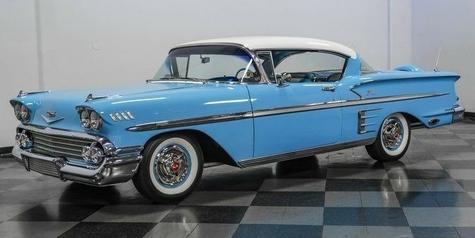
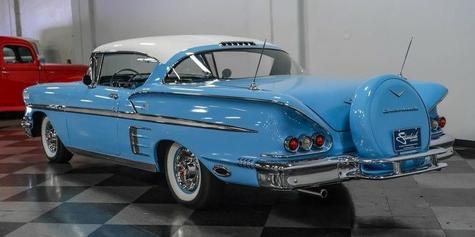
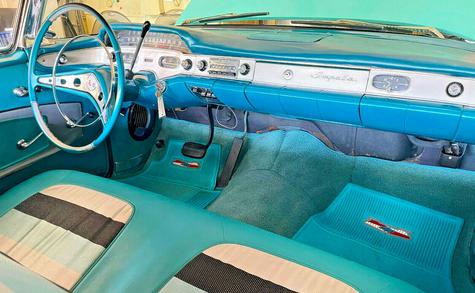

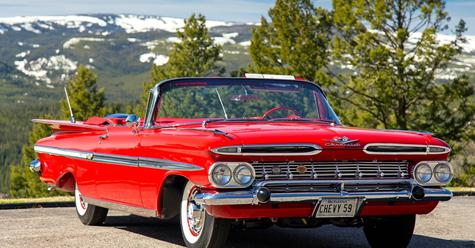
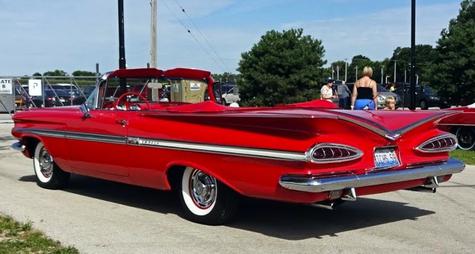
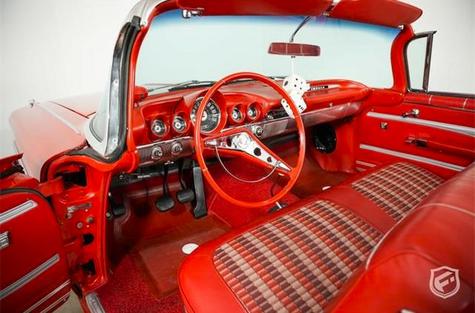
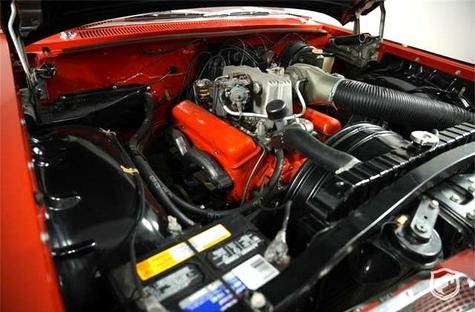
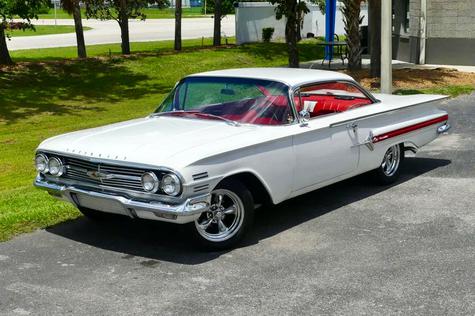
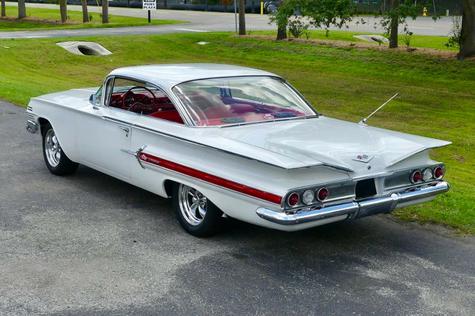
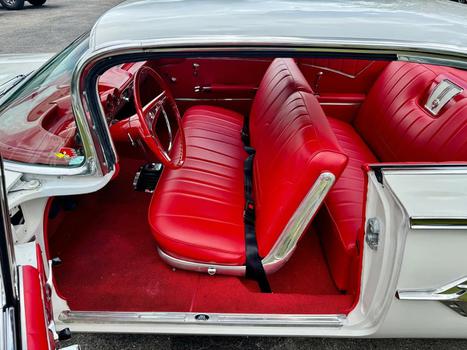
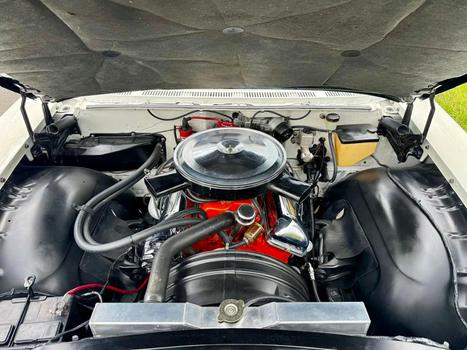
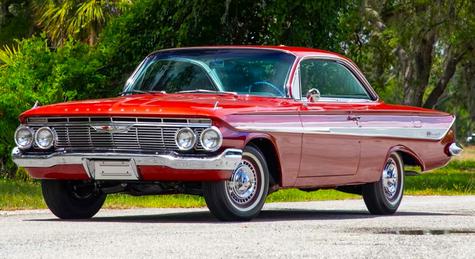
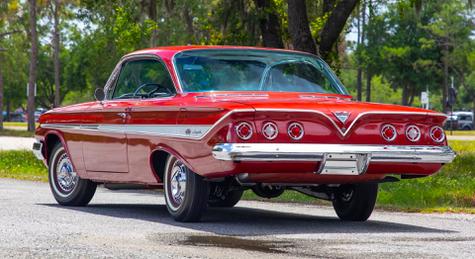
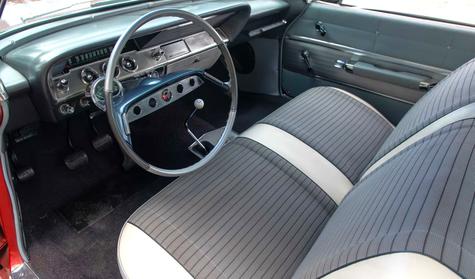

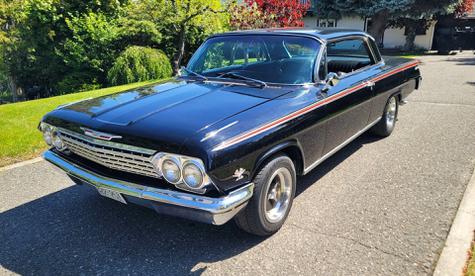
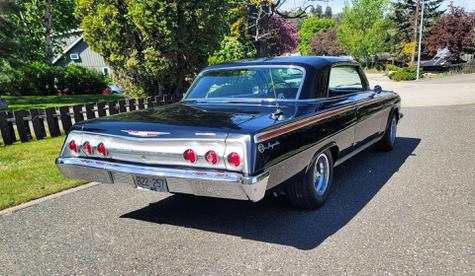
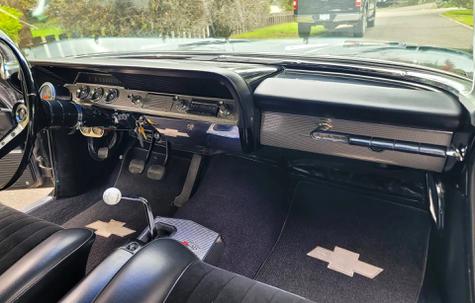
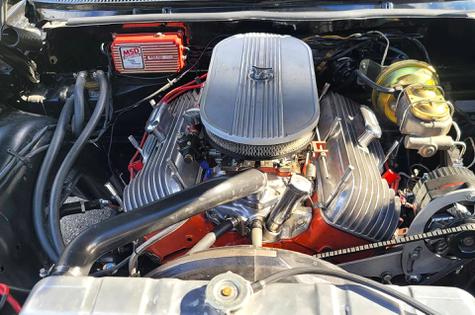
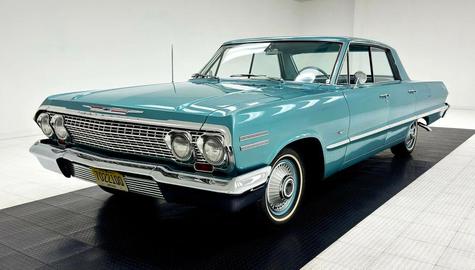
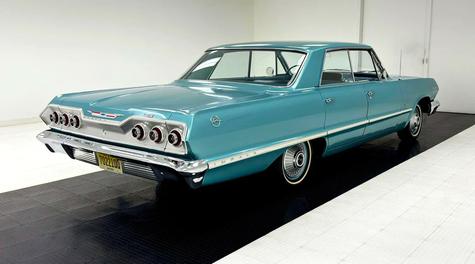
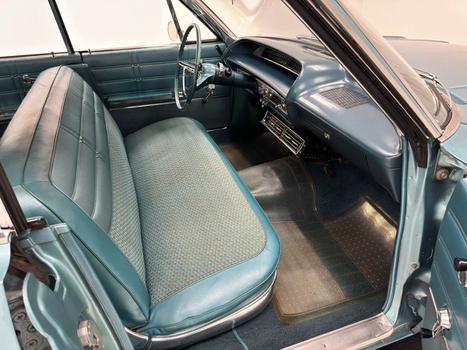
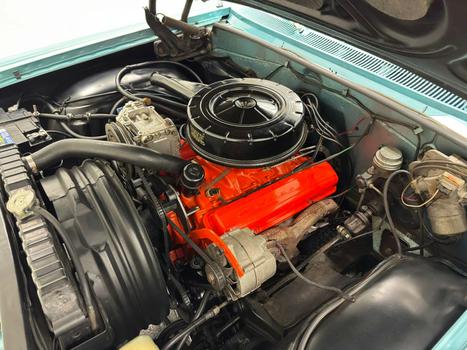
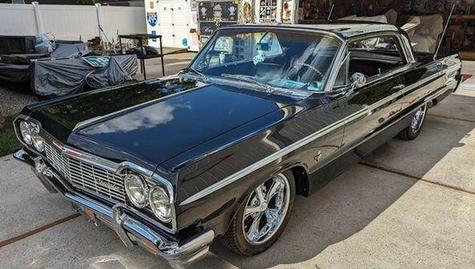
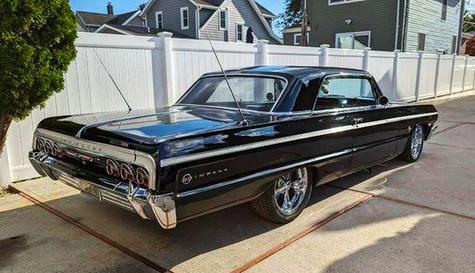
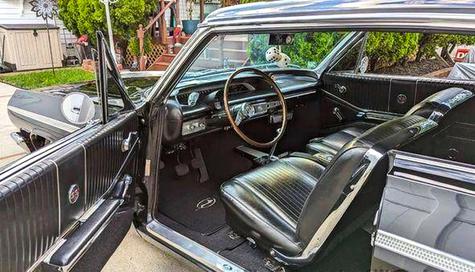
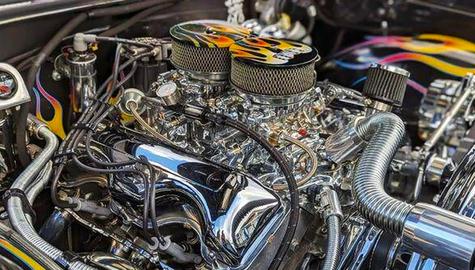
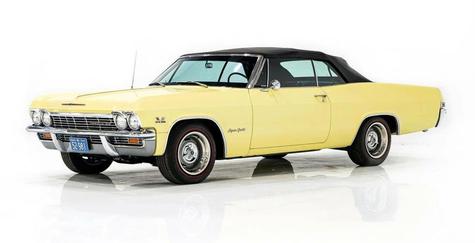
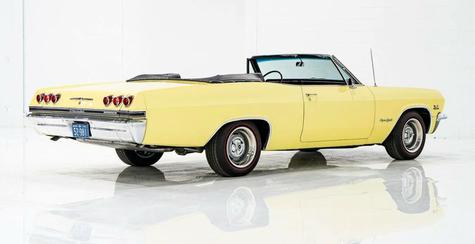
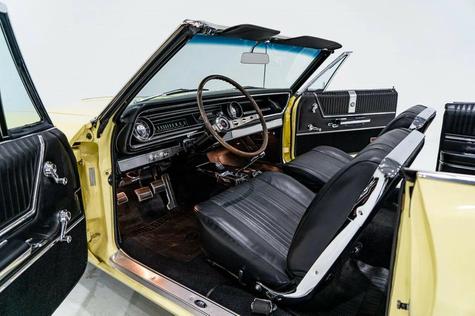
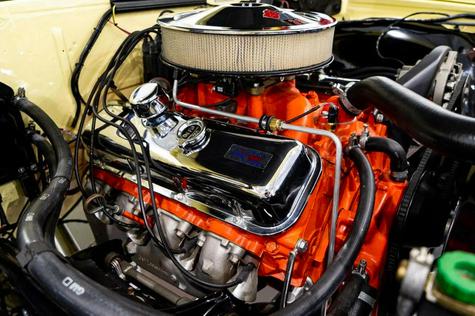
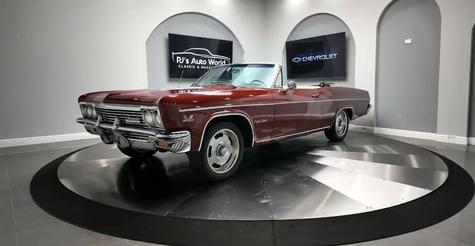
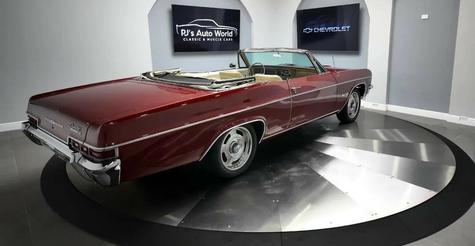
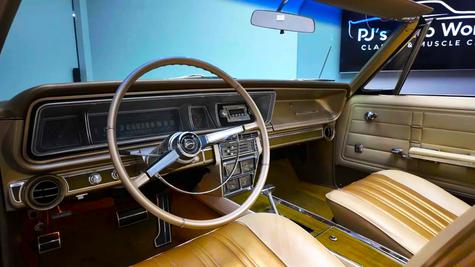
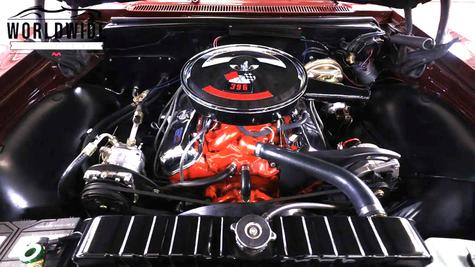
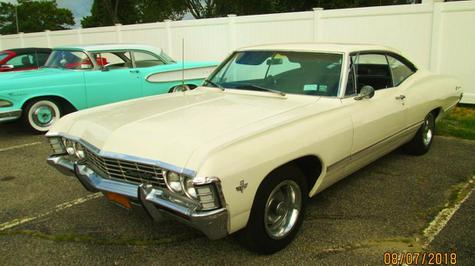
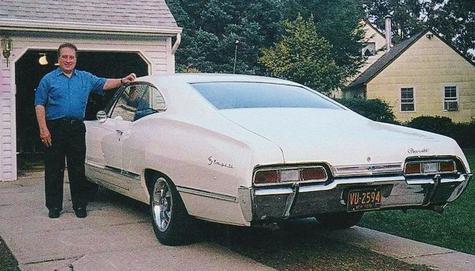
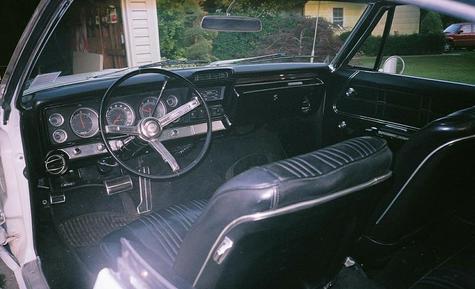
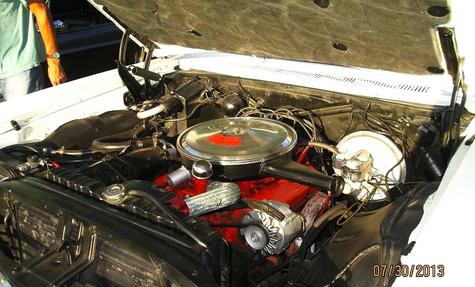
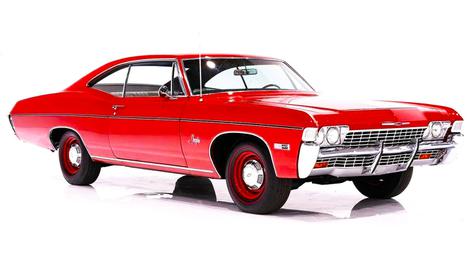
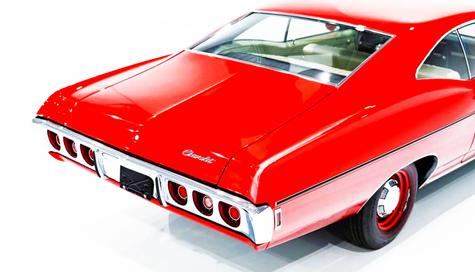
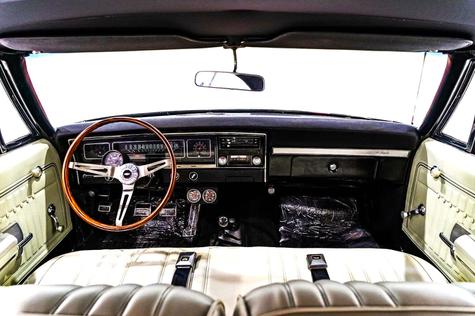
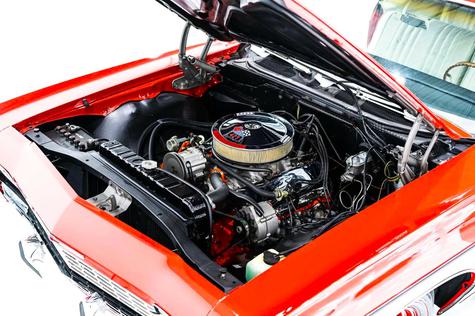
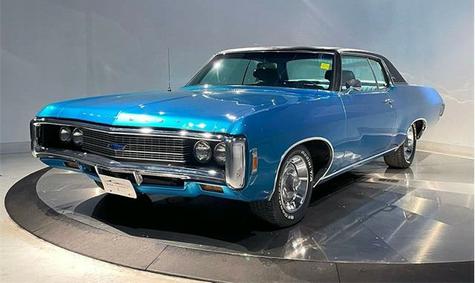
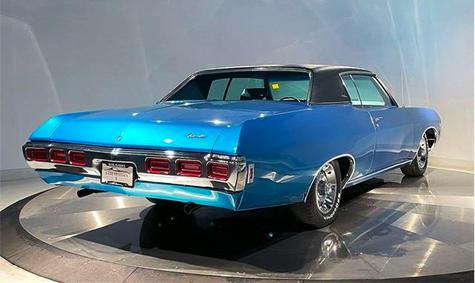

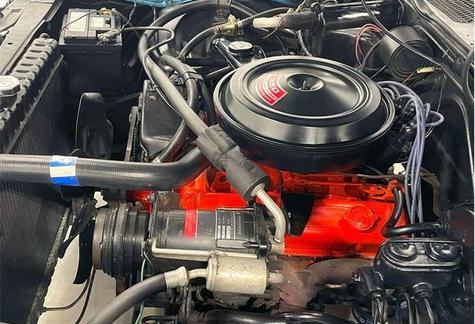
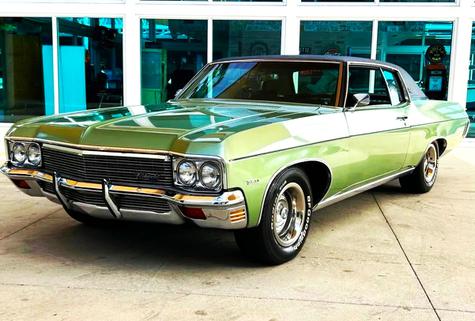
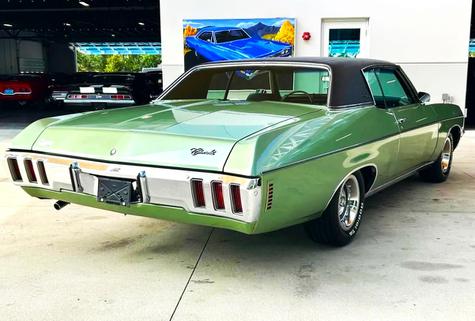
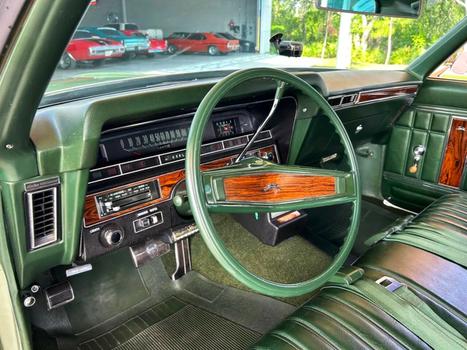
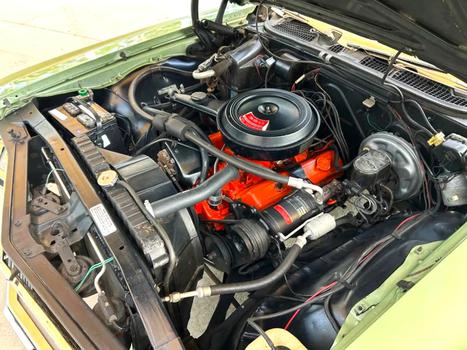


Mario on Aug 2, 2025 said:
This Tribute to the Chevy Impala was a Labor of Love for me. The Chevy Impala is the ICON of classic cars and as American as Homemade Apple Pie!
My Dad loved his Chevy's and he had many of them. I guess I got my love of Chevy's and particularly the Impala from him.
I was fortunate to have owned several Chevy Impalas as well as the Caprice.
Here is my Tribute to the Chevy Impala part 1 of 3 parts. Cheers, Mario
[Reply to this comment]